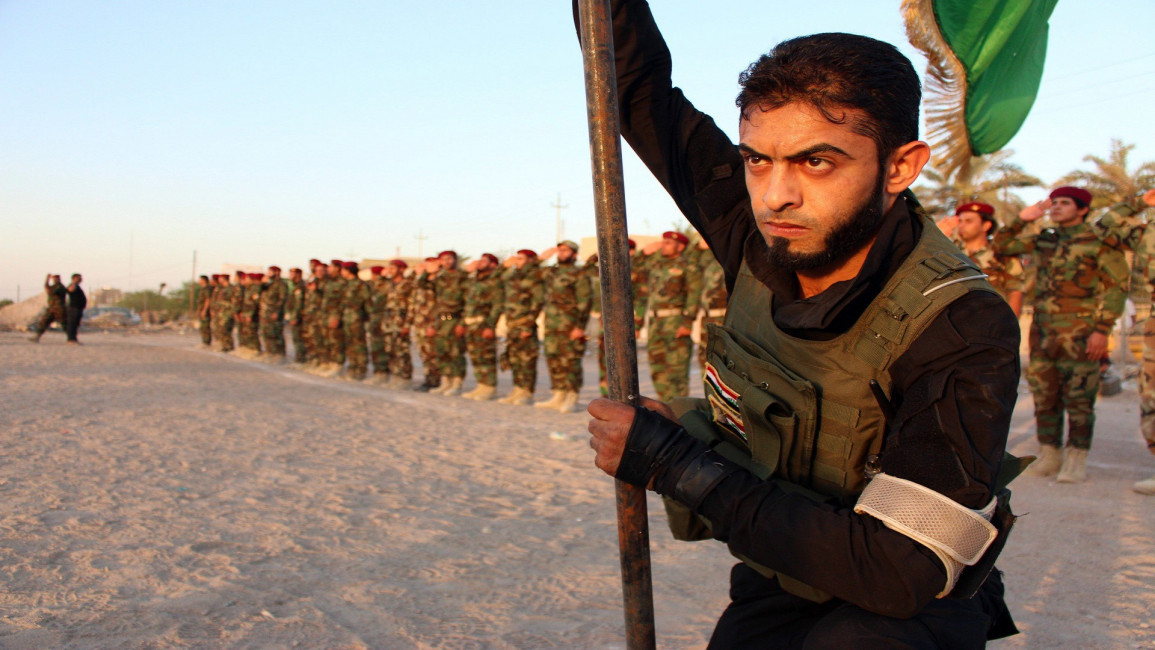Iraqi government forces and militias begin Tikrit offensive
Iraqi state TV has said that government forces backed by allied Shiite and Sunni fighters have begun a large-scale military operation to recapture Tikrit from the Islamic State group (IS). The attack is the sixth such attack on Saddam Hussein's hometown since the IS took the city, 130 kilometres north of Baghdad, on 12 June 2014.
Major General Jaber al-Waeli from the Salahuddin province military operations command, confirmed that approximately 20,000 fighters were preparing to launch the offensive in Tikrit, supported by the forces of the international coalition. He said the forces deployed in the offensive were 10 army battalions, 10 police battalions, and 12 Popular Mobilisation groups, each comprising around 300 men.
A military source who requested anonymity told al-Araby al-Jadeed that it was estimated that up to 13,000 fighters from the IS were defending Tikrit.
30,000 Iraqi troops move to expel IS from Tikrit. Read more. |
Local sources in the city who spoke to al-Araby indicated that the IS had prepared dozens of suicide bombers and laid hundreds of mines around the city's perimeter from all sides.
International air support
| An estimated 13,000 fighters from the IS are defending Tikrit. |
The military source said that aircraft from the US, France and Iraq were supporting the offensive.
Al-Iraqiya television said Monday that Iraqi forces were attacking the city of Tikrit, backed by artillery and airstrikes by Iraqi fighter jets. It said the militants were dislodged from some areas outside the city, but gave no details.
The local sources in the city said the IS had brought in hundreds of fighters from its elite unit known as the Inghimassi Brigade, as well as dozens of suicide bombers.
A tribal leader in Tikrit told al-Araby that the IS would seek to turn the battle into a war of attrition against the attacking forces, through minefields, suicide bombers and booby traps.
He added that threats from Shiite militias had left local tribesmen with no choice but to side with the IS. However just hours ahead of the operation, Prime Minister Haider al-Abadi called on Sunni tribal fighters to abandon the extremist group and promised them a pardon.
Civilians in the line of fire
He said that thousands of families were still in Tikrit.
Fawaz al-Hamad, a member of the Tikrit Tribal Council told al-Araby in a phone conversation that "The Iraqi government is morally bound to guarantee the safety of civilians and help them flee before thinking of attacking the city."
Hamad noted that civilians stood to suffer the most damage from any attack, stressing the need to evacuate Tikrit before the assault takes place.
| The IS will seek to turn the battle into a war of attrition against the attacking forces. |
The Tribal Council of the Saladdin Governorate warned the government forces could resort to "scorched-earth tactics".
Speaking to al-Araby, Sheikh Abdul-Khalik al-Jubouri said "The government media is claiming the Salahuddin governorate is free of residents, which portends serious repercussions in the event the government uses scorched-earth tactics."
The Sheikh added that "More than 40 percent of the residents of the governorate are still there. If a scorched-earth policy is used, it will be a massacre committed against the people of the governorate, no different from massacres committed by the IS."
Meanwhile, the IS issued a statement Sunday in which it said the attack on Tikrit would be "suicide" for attacking forces.
This is an edited translation from our Arabic edition.



